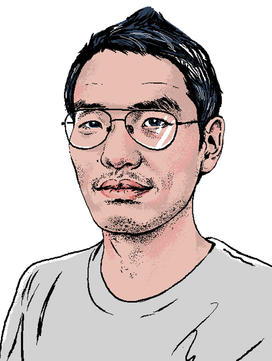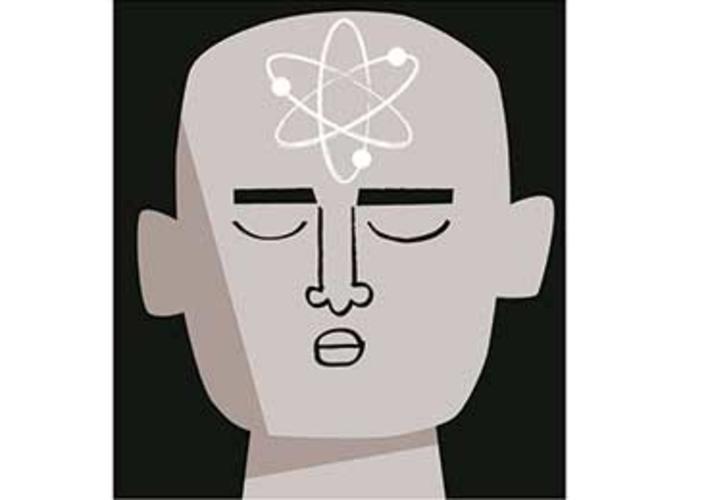
Ryo Morimoto never set out to become an expert on catastrophes. Born and raised in Japan, he wound up in the United States for a Ph.D. in anthropology at Brandeis University, where he considered specializing in Japanese cooking and cuisine.
Then, in March 2011, three nuclear power-plant reactors in Fukushima melted down following an earthquake and tsunami.
Brandeis encouraged Morimoto to visit the area and learn about the disaster’s impact on modern Japanese society, since it would undoubtedly affect how people ate. “Once I put my foot in, there was no way for me to get out — because you actually meet people, survivors, and victims,” Morimoto says. “That intimate moment ... really drew me into this.”
Morimoto hopes we can change our attitude toward nuclear power. “Distancing is great — it gives us a way to avert potential risk. But distance can encourage ignorance, a lack of reflection,” he says. “We have to have a more intimate relationship with [nuclear material], which we have around us all the time.”
Morimoto’s Studies: A Sampling
Toxic Amnesia
In 2013, while working on his Ph.D., Morimoto served as a translator for a documentary about the 2011 Fukushima disaster. He was struck by a disconnect between the director’s focus on the devastation and the locals’ desire to move on. “They were saying, ‘Things have changed and we’re trying to live our lives,’” Morimoto says. His current book project explores this gap between the “global imagination of this area” and the residents’ coping mechanisms, showing how local perspectives that don’t match the world’s expected narrative “will get erased or redacted.”
Beyond Borders
For thousands of years, Fukushima residents lived alongside wild boars, which were farm pests but also a source of food. After the disaster, the boars proliferated in evacuation zones, becoming highly radioactive. Morimoto’s recent research shows that not only are decontamination efforts pushing boars into nearby areas, thereby spreading contaminants, but also that the surplus of animals has necessitated broad-scale incineration, haphazardly scattering nuclear waste by air. “This is the less-discussed impact of nuclear disaster. I want to let people know that a lot more than just direct human exposure is at play here.”
The Politics of Waste
The biggest challenge when dealing with nuclear material is getting rid of it. In addition to the logistical considerations, the physical act of transporting radioactive waste raises social, ethical, and environmental questions, Morimoto says. For example, Japan’s plan for massive, 1,600-foot-deep holes to store the waste requires an understanding of the stability of deep geological repositories, as well as a plan for any groundwater that might flow through. On top of which, when the waste is brought there, “it’ll probably be traveling in front of [someone’s] house in the street,” Morimoto points out. “And we might see inequality — people who are [disadvantaged] in society might have to deal with it.”














No responses yet